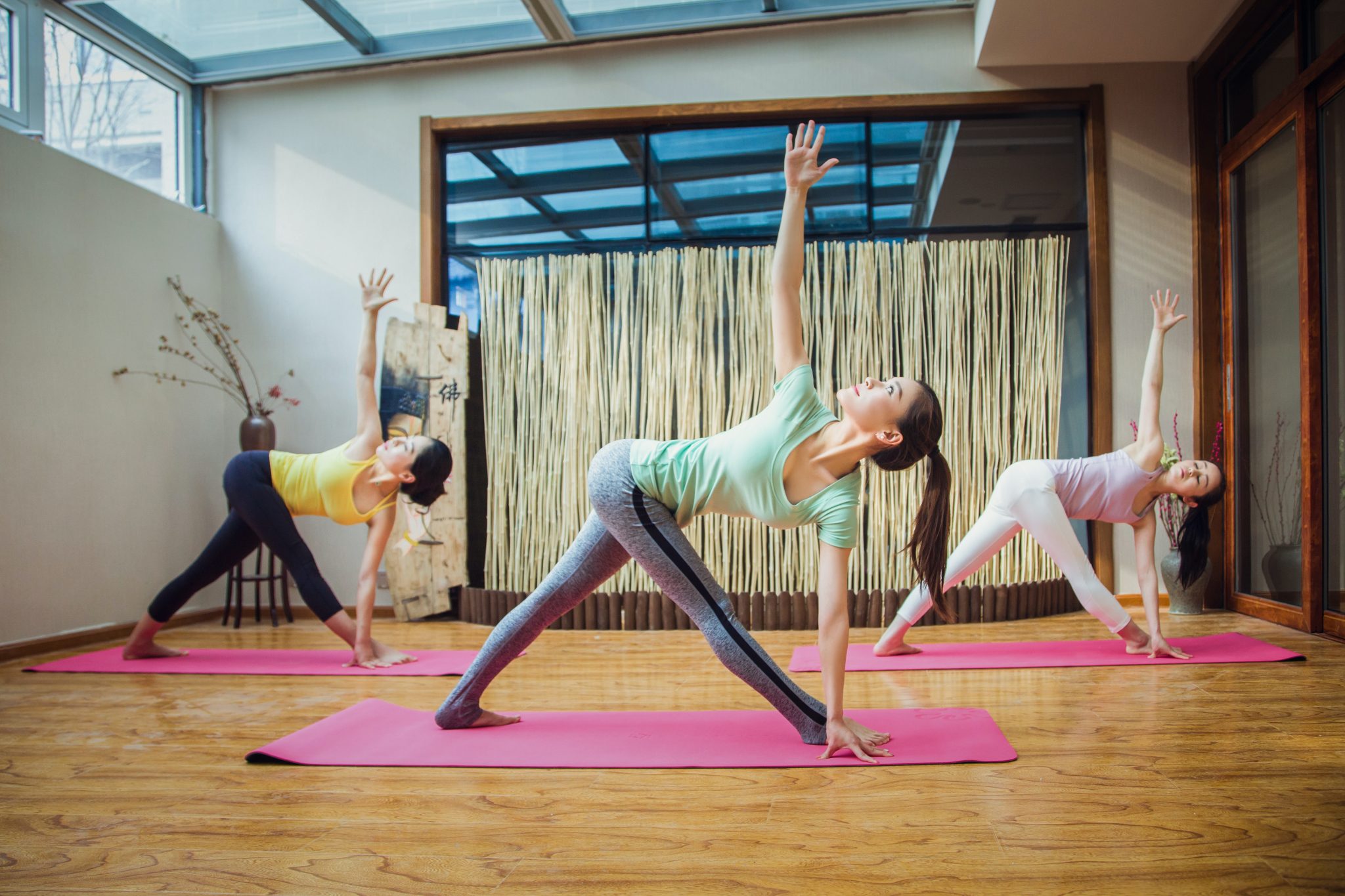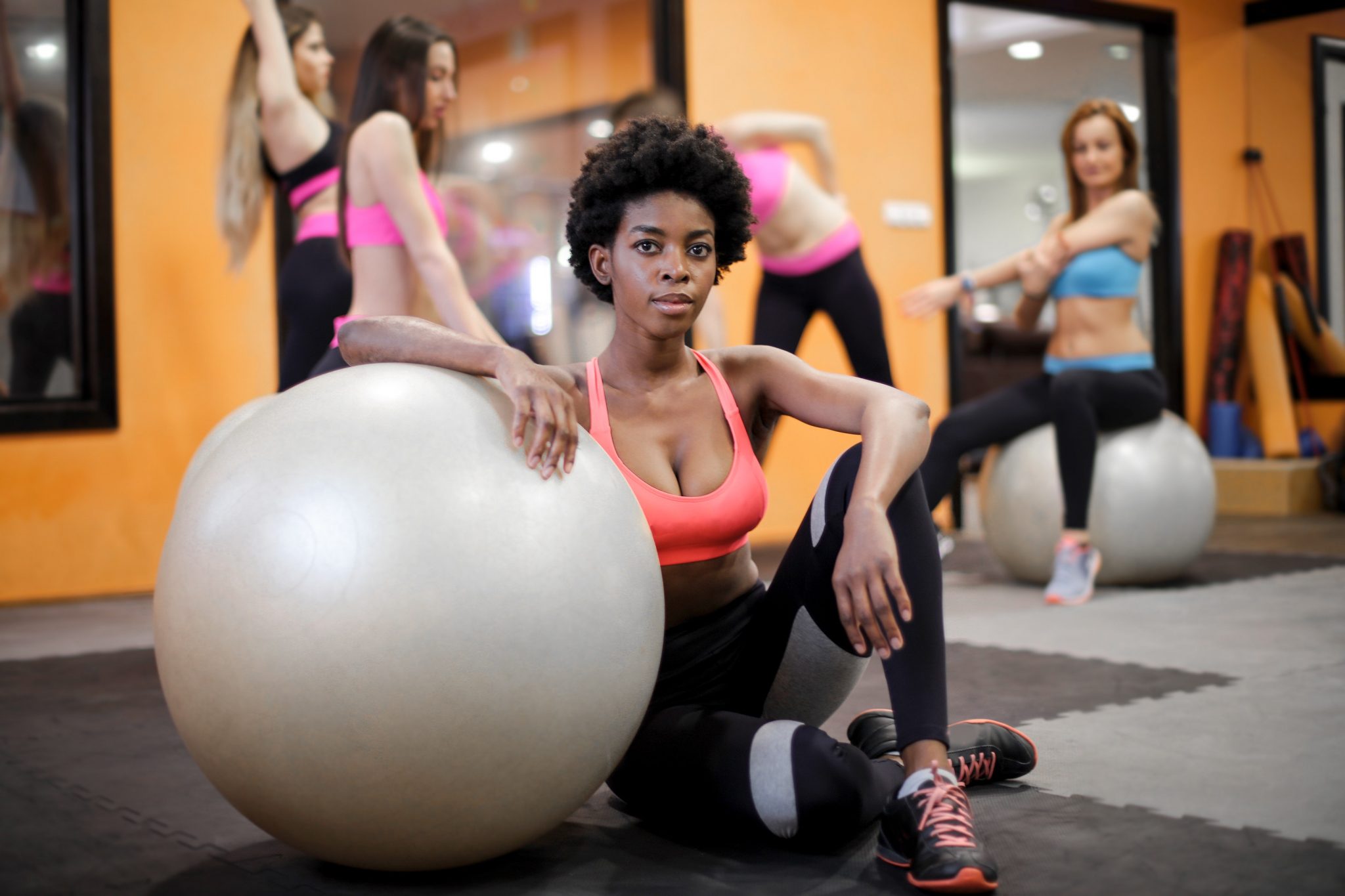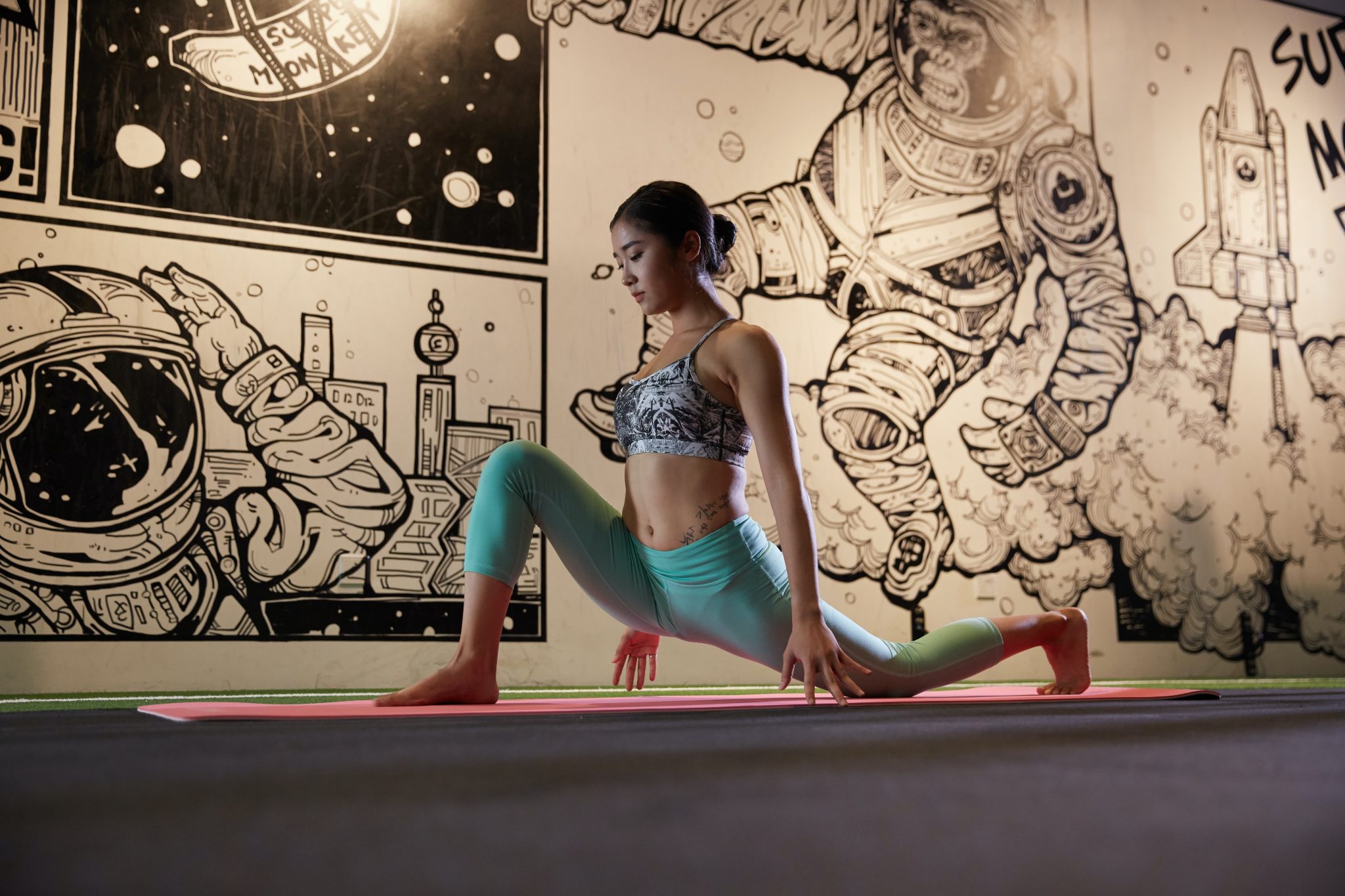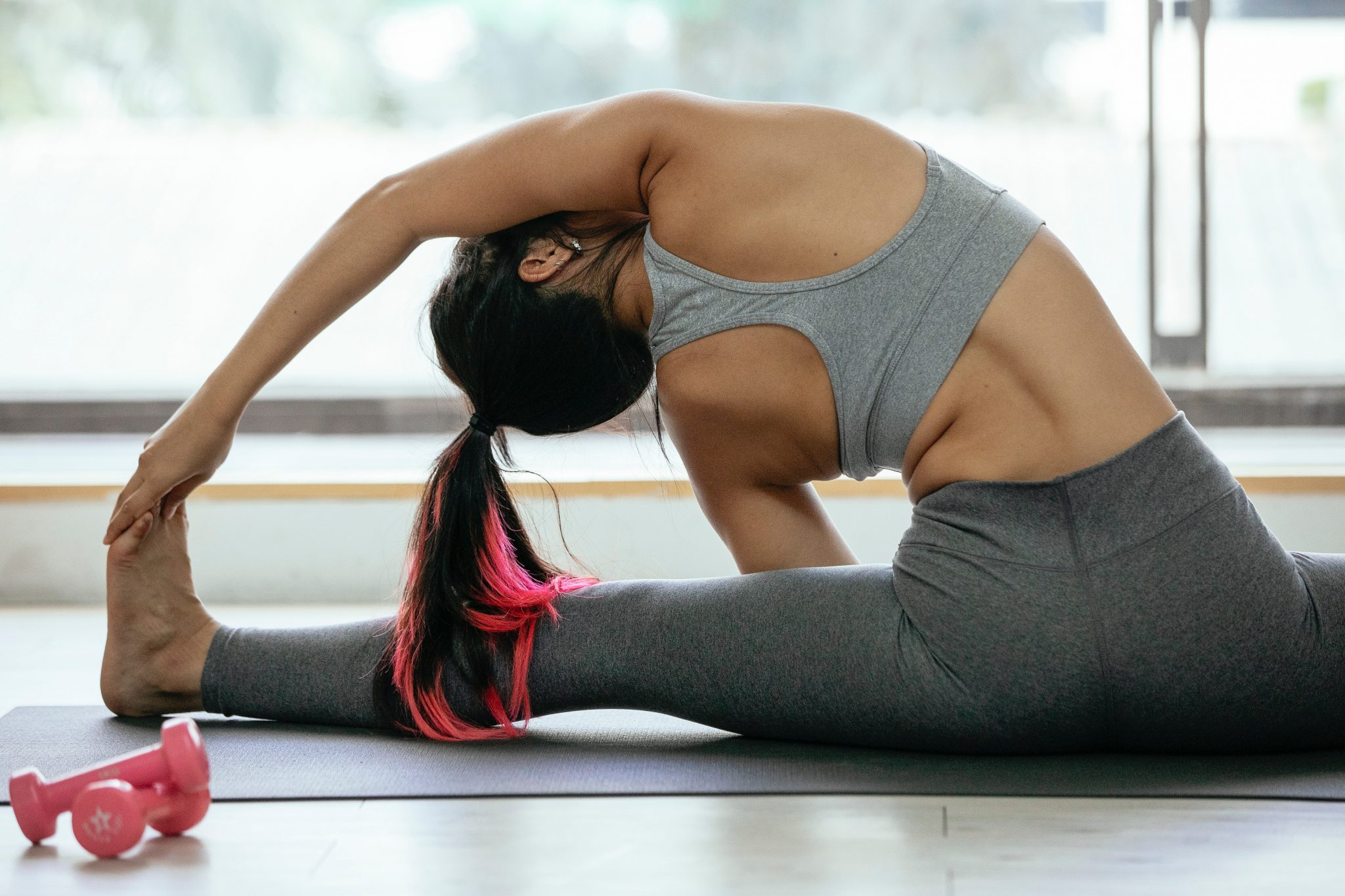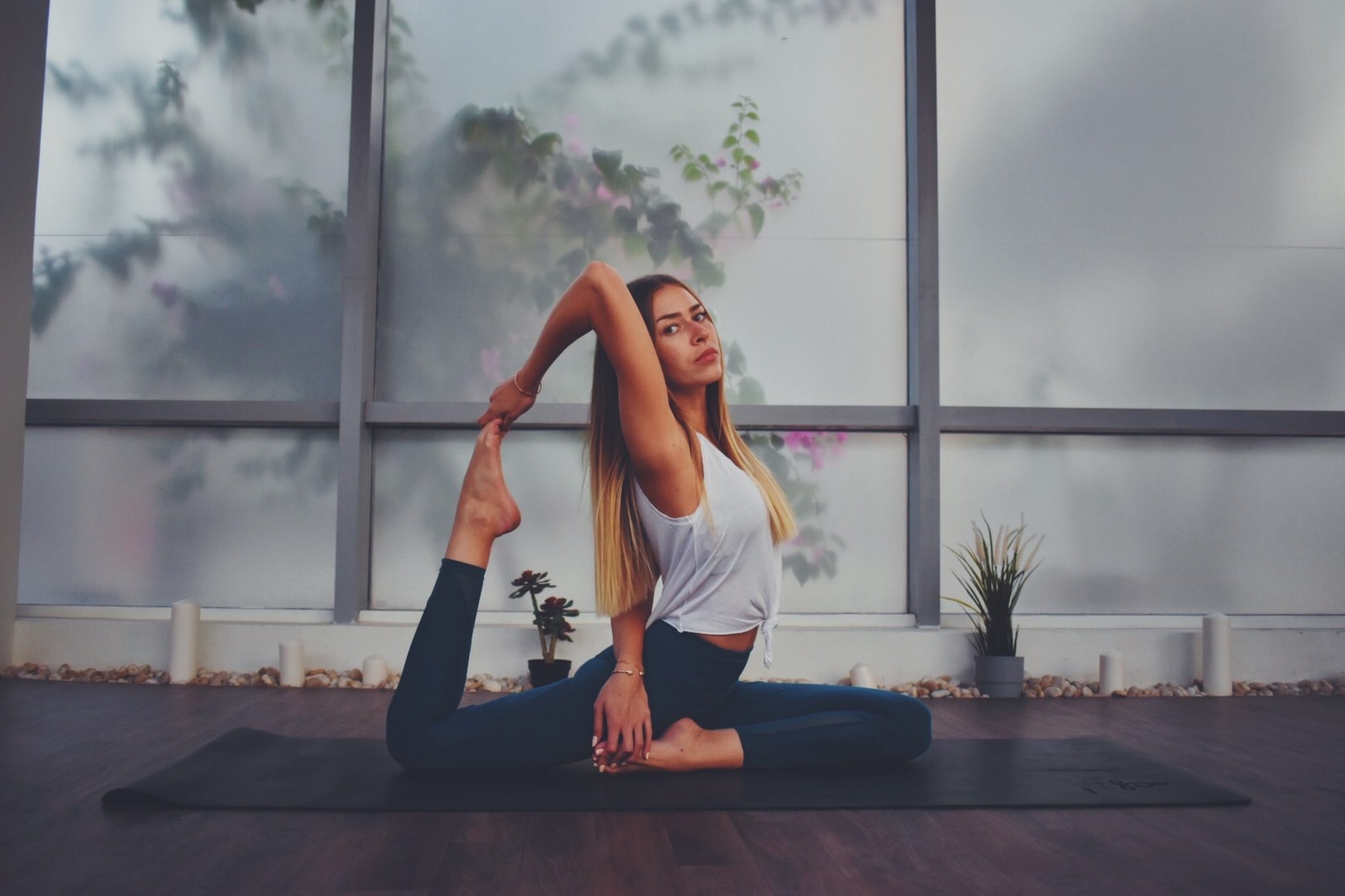Pilates and yoga are two incredibly beneficial types of exercises that target areas of core strength, mind-body connection, and flexibility. You can often see their various workouts and poses used interchangeably, even though they are two different sectors in the health and fitness realm.
If you’ve been using the two phrases to mean one thing, you’re not alone. We can help you note some of the main differences between Pilates and yoga, along with some of their benefits.
Learn Yoga Online
Meet Amphy
The largest marketplace for live
classes, connecting and enriching
humanity through knowledge.
